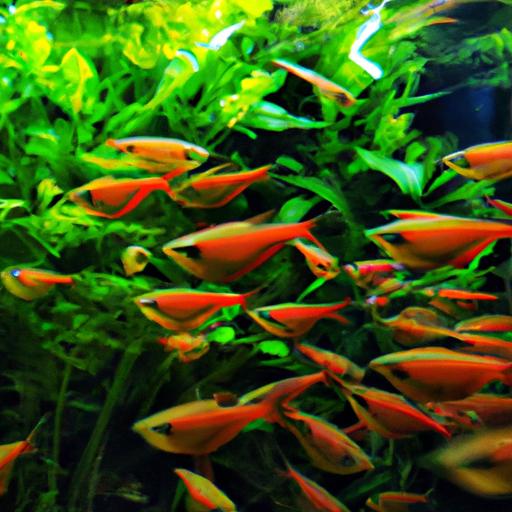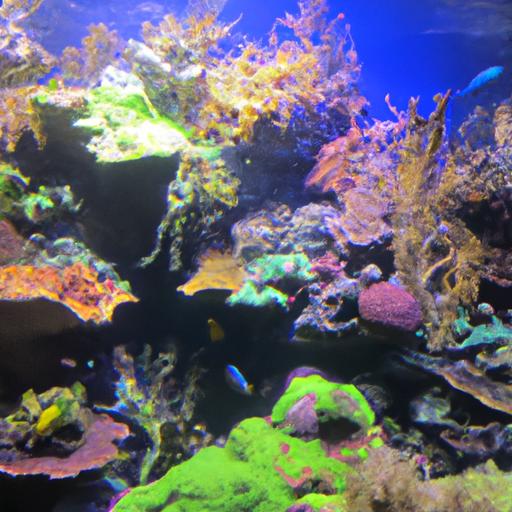
Incorporating Macroalgae for Added Benefits in Coral Tanks
Discover the incredible benefits of incorporating macroalgae in coral tanks. Improve water quality and biodiversity for thriving corals. Read more now!
Introduction
Are you looking to enhance the health and vibrancy of your coral tank? Incorporating macroalgae could be the game-changer you’ve been searching for. Macroalgae, also known as seaweed, offers a plethora of benefits that can significantly improve the overall well-being of your coral tank. In this article, we will delve into the importance of incorporating macroalgae, explore the various benefits they provide, and provide guidance on how to successfully introduce and care for them in your tank.
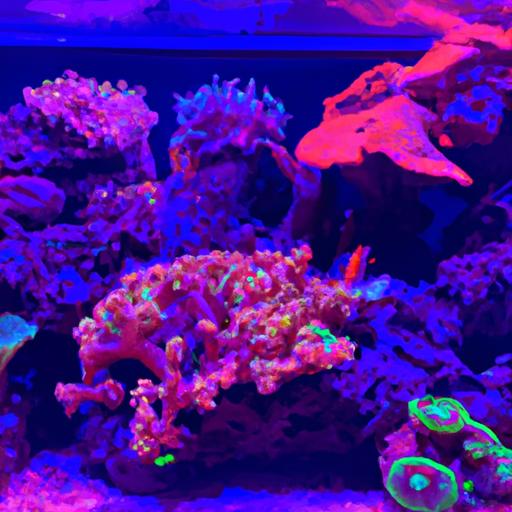
Incorporating Macroalgae in Coral Tanks
Selecting the Right Macroalgae Species
Choosing the appropriate macroalgae species for your coral tank is crucial to ensure compatibility and optimal growth. Some popular macroalgae species suitable for coral tanks include Caulerpa, Chaetomorpha, and Gracilaria. Each species has its own unique characteristics and growth requirements, so it’s essential to research and select the species that aligns with your tank’s specific needs.
Proper Placement and Care
Once you have chosen the macroalgae species for your tank, it’s crucial to consider their proper placement and care. Macroalgae should be strategically placed in areas where they receive adequate lighting and water flow. Proper placement not only ensures their growth but also prevents shading of your corals, allowing both macroalgae and corals to thrive harmoniously.
Additionally, macroalgae require specific lighting and nutrient conditions to flourish. Providing them with appropriate lighting, such as full-spectrum LED lights, and supplementing their nutrient requirements through regular water testing and adjustments will promote their health and growth.
Role in Nutrient Uptake and Water Quality
One of the significant benefits of incorporating macroalgae in your coral tank is their ability to act as nutrient sinks, effectively removing excess nutrients from the water. Macroalgae absorb nitrates and phosphates, which are common culprits of algae blooms and can negatively impact coral health. By incorporating macroalgae, you can help maintain optimal nutrient levels, reduce the risk of algae outbreaks, and promote a healthier environment for your corals.
Enhancing Biodiversity and Natural Habitat
In addition to their nutrient uptake capabilities, macroalgae also contribute to enhancing biodiversity and providing a more natural habitat for the inhabitants of your coral tank. Macroalgae provide shelter, food, and breeding grounds for various microorganisms, copepods, and other beneficial fauna that play a crucial role in the overall ecosystem. By introducing macroalgae, you create a more balanced and self-sustaining environment, promoting the overall well-being of your coral tank.
FAQ: Common Questions about Incorporating Macroalgae in Coral Tanks
What are the best macroalgae species for coral tanks?
The best macroalgae species for coral tanks depend on various factors such as lighting, flow, and nutrient levels. Caulerpa, Chaetomorpha, and Gracilaria are popular choices due to their adaptability and compatibility with corals. It’s crucial to research each species’ specific requirements and choose accordingly.
How can I introduce macroalgae without harming my corals?
When introducing macroalgae to your tank, it’s essential to do so gradually to avoid any potential harm to your corals. Start by adding a small portion of macroalgae and monitor its impact on water parameters and coral health. If everything remains stable, you can gradually increase the amount over time.
What lighting and nutrient requirements do macroalgae have?
Macroalgae typically require moderate to high lighting levels to thrive. Full-spectrum LED lights are commonly used to provide the necessary light spectrum. Regarding nutrients, macroalgae primarily require nitrates and phosphates, which they absorb from the water. Regular water testing and adjustments will help maintain optimal nutrient levels for macroalgae growth.
Can macroalgae outcompete corals for nutrients?
While macroalgae can absorb nutrients from the water, they can coexist harmoniously with corals when properly managed. By ensuring proper placement, lighting, and nutrient control, you can create an environment where both macroalgae and corals thrive without one outcompeting the other.
Conclusion
Incorporating macroalgae in your coral tank can lead to a multitude of benefits, including improved water quality, reduced nutrient imbalances, enhanced biodiversity, and a more natural habitat for your tank’s inhabitants. By carefully selecting the right macroalgae species, providing proper placement and care, and monitoring their growth, you can create a flourishing ecosystem that promotes the health and vibrancy of your corals. So why wait? Start exploring the wonders of macroalgae today and witness the added benefits they bring to your coral tank.
To learn more about incorporating macroalgae in your reef tank, visit here.

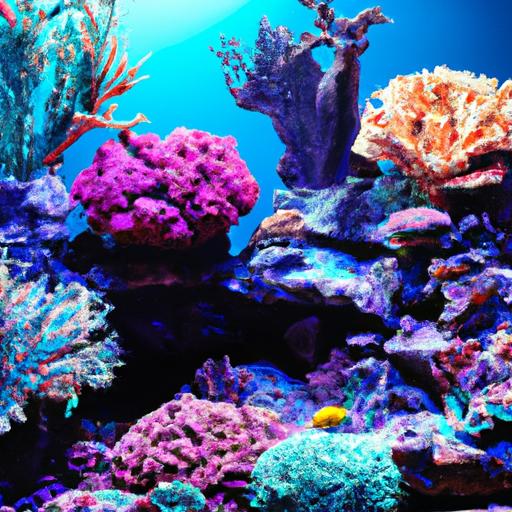
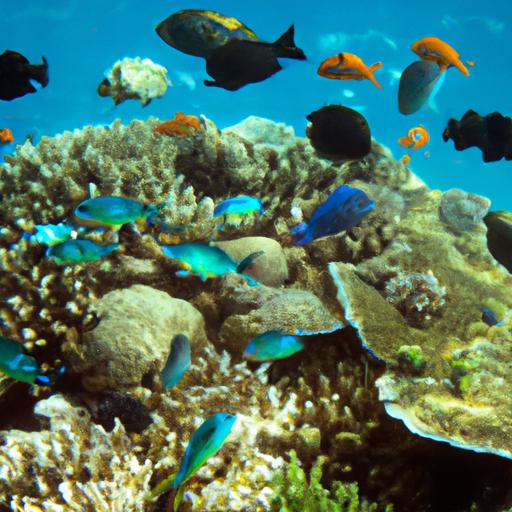
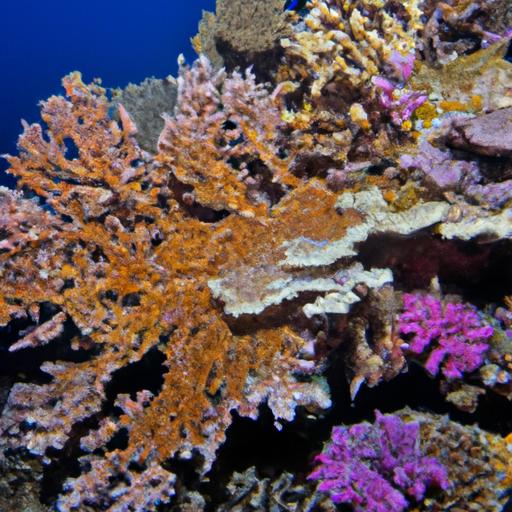
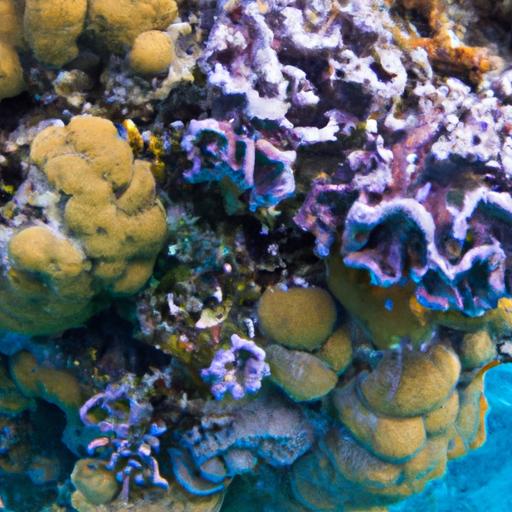
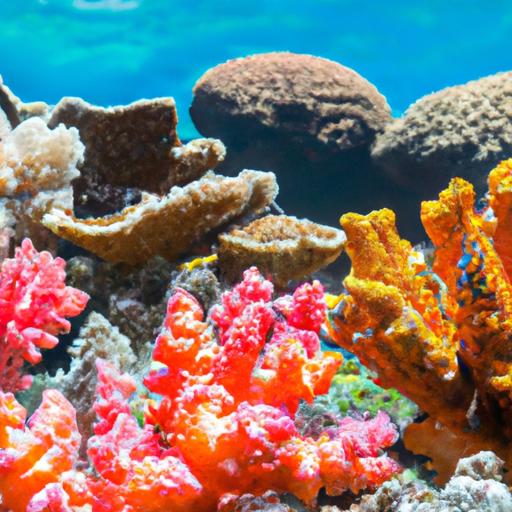
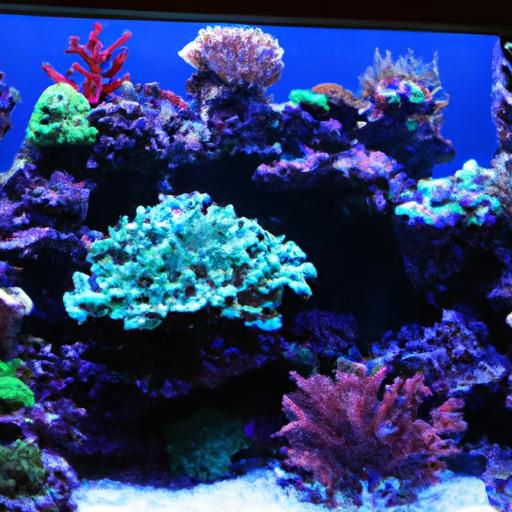

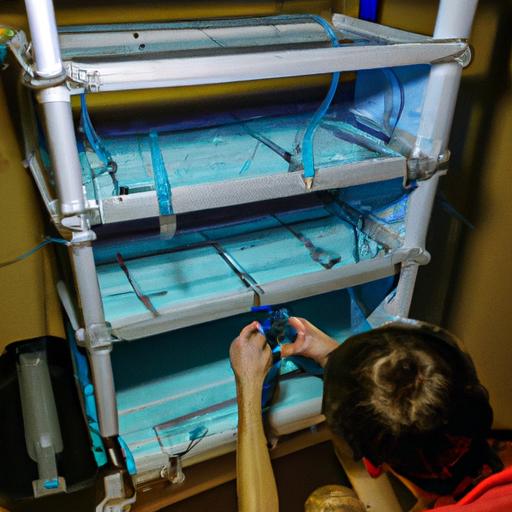
















.jpg)



